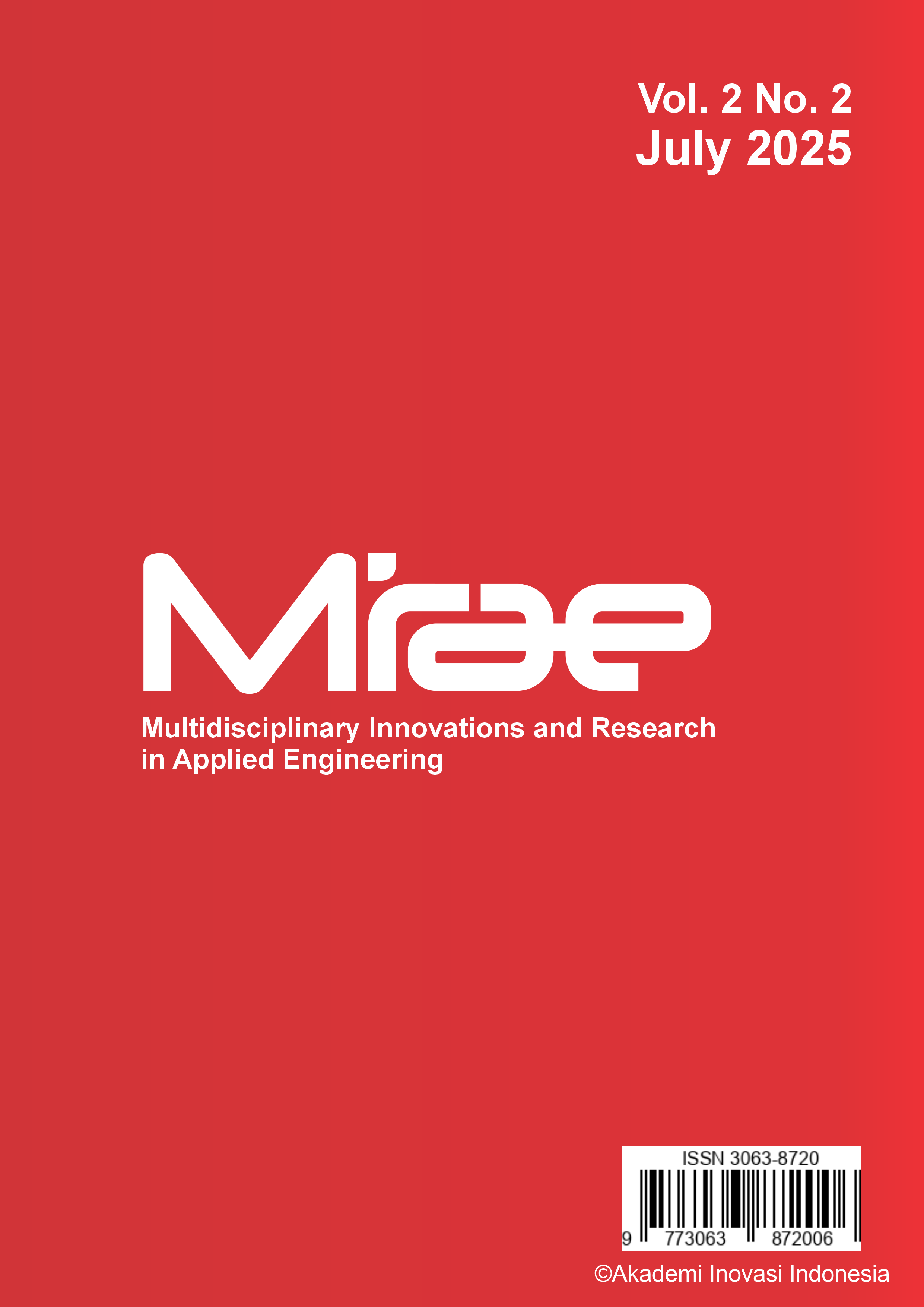Antimicrobial Urinary Catheters: Fabrication Strategies and Their Role in Preventing Catheter-Associated Urinary Tract Infections - A Narrative Review

Abstract
Catheter-associated urinary tract infections (CAUTIs) are among the most frequent healthcare-associated infections, primarily caused by biofilm formation on catheter surfaces. This narrative review summarizes recent progress in antimicrobial urinary catheter development, focusing on substrate materials, functional agents, and fabrication strategies. Common substrates such as silicone, polyurethane, and thermoplastic elastomers provide biocompatibility and durability but require modification to achieve antimicrobial performance. Strategies including surface coatings (e.g., dip- and spray-coating, sol–gel, and layer-by-layer deposition), impregnation, composite blending, and hybrid designs have been investigated to deliver sustained antimicrobial release, antifouling resistance, and improved patient comfort. Coating-based methods enable localized control of active agents, while bulk modifications ensure durability despite surface wear. Emerging approaches highlight multifunctional systems that integrate antimicrobial, antifouling, and lubricious properties, supported by precision techniques such as nanostructured coatings and bioinspired surface engineering. By linking material selection with fabrication design, this review underscores the need for scalable and cost-effective strategies that combine long-term antimicrobial protection, mechanical integrity, and regulatory compliance. Future research directions include hybrid fabrication methods, sustainable manufacturing, and clinical translation to reduce the global burden of CAUTIs.
Keywords
Antimicrobial urinary catheter, CAUTIs, Materials, Fabrication
